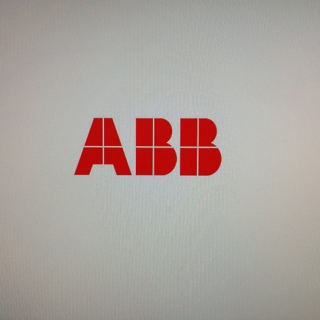Information
-
Document No.
-
Customer / Site
-
Site contact(s)
-
Location
-
Conducted on
Method Statement
ABB GPL Motion - Onsite Working Method Statement Please tick all relevant methods to indicate both the customer and yourself have agreed to these
-
1. Report to site contact
-
2. Secure Permit to Work and/or authorisation to proceed
-
3. Don appropriate PPE as advised by site contact and go to workplace using agreed access method and obeying all site rules
-
4. With the site contact perform the ABB GPL Motion Risk Assessment - if additional risks are identified (e.g. requirement for additional PPE) then carry out the appropriate additional control measures to reduce the risk to a low level. Identify whether customer requires email copy of this statement and risk assessment
-
5. Before carrying out any new work determine the existing condition/operating state of the system through discussion with the customer and reference to diagnostic tools
-
6. If possible (and appropriate) backup all software and drive settings from equipment to be worked on
-
7. Make incremental changes to programs and/or drive settings where necessary - being sure to comment these if possible and regularly save files
-
8. Record results of any tests or inspections undertaken
-
9. Record details of all faults encountered, remedial actions and any new parts supplied/installed
-
10. If appropriate provide customer with copies of all digital media backups on completion of visit
-
11. Agree with customer as to whether visit report is to be provided at a later date (and agree timescale for supply of this document)
-
12. Tidy up work area on completion
Stop! Take 5 This is a Point of Work Risk Assessment. Observe your work location & Think through the task you are about to perform.
-
If possible take a picture of the cell / location / area of work.
-
Confirm emergency information requested and reviewed
-
Are emergency procedures clearly understood (fire, emergency exits, security etc)?
-
Is the area generally well maintained, free of obstructions and suitable for the work activity?<br>(If not then resolve this situation before continuing)
-
Do not continue until the work area is suitable for safe working!
-
Is the area of work excessively noisy? <br>[Advice. If you need to shout to hold a conversation you need to wear hearing protection]. <br>If you answer Yes ensure adequate hearing protection is worn
-
Is there moving machinery / vehicles in close proximity to your work place?<br>If you answer Yes, please provide details below & actions taken.
-
Will the task require working on live electrical equipment?
-
Is there a lockout procedure in place for ensuring safe work at times when the supply needs isolating?
-
Are all electrical panels/controls protected against accidental contact with live connections (IP20 or greater)?
-
Enter any other information relating to safe electrical working practises:
-
Is there any risk from COSHH substances?<br>[Advice. This risk could be from chemicals, vapours, fumes, particulate matter etc. Consult with customer & examine specific risk assessments / MSDS]. <br>
-
Is Working at Height required?<br>[Advice. Working at Height is defined as any place from which you may fall & injury yourself]. <br>If you answer At Risk, please provide details below & actions taken.
-
Are there any risks to others from the work you are undertaking?
-
Are the risks detailed above sufficient to cover your activity at this site?<br>
-
Add details of the new hazard & its risk.
Assessment
-
Enter a description of the hazard and then use the sliders below to rate the risk.
-
Choose a risk rating (L x S) 1 - 3 = LOW. Monitor regularly to ensure that the risk does not grow. 4 - 6 = MEDIUM. Potentially serious. Long term issues anticipated. Plan ahead. 9 = HIGH. STOP ~ ACT NOW.
- Low (1 - 3)
- Medium (4 - 6)
- High (9)
-
Enter details of how you will control the risk to reduce this to a low level
-
Safety shoes worn if required?
-
Safety eye protection worn if required?
-
Hearing protection worn if required?
-
Enter details of any other PPE required...
-
Sign







